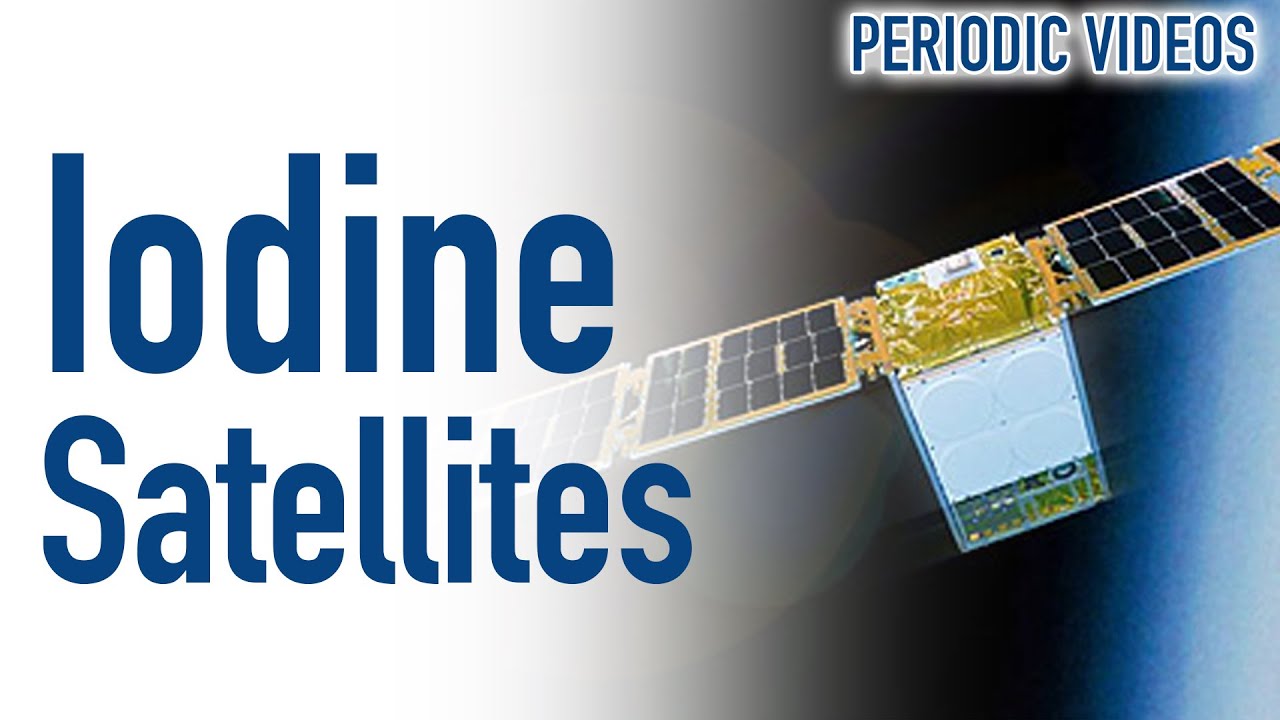Ion propulsion for spacecraft is best done with a propellant that has a high molecular weight, is easily ionised, and can be stored for long periods in a compact form. Xenon has been the most common choice, but as a gas, must be kept in heavy pressure vessels with plumbing to release as needed. Iodine, however, is a solid at room temperatures, can be sublimed to gas with modest electrical power as required.
Here is the Nature paper on “In-orbit demonstration of an iodine electric propulsion system”. Abstract:
Propulsion is a critical subsystem of many spacecraft[. For efficient propellant usage, electric propulsion systems based on the electrostatic acceleration of ions formed during electron impact ionization of a gas are particularly attractive. At present, xenon is used almost exclusively as an ionizable propellant for space propulsion. However, xenon is rare, it must be stored under high pressure and commercial production is expensive. Here we demonstrate a propulsion system that uses iodine propellant and we present in-orbit results of this new technology. Diatomic iodine is stored as a solid and sublimated at low temperatures. A plasma is then produced with a radio-frequency inductive antenna, and we show that the ionization efficiency is enhanced compared with xenon. Both atomic and molecular iodine ions are accelerated by high-voltage grids to generate thrust, and a highly collimated beam can be produced with substantial iodine dissociation. The propulsion system has been successfully operated in space onboard a small satellite with manoeuvres confirmed using satellite tracking data. We anticipate that these results will accelerate the adoption of alternative propellants within the space industry and demonstrate the potential of iodine for a wide range of space missions. For example, iodine enables substantial system miniaturization and simplification, which provides small satellites and satellite constellations with new capabilities for deployment, collision avoidance, end-of-life disposal and space exploration
